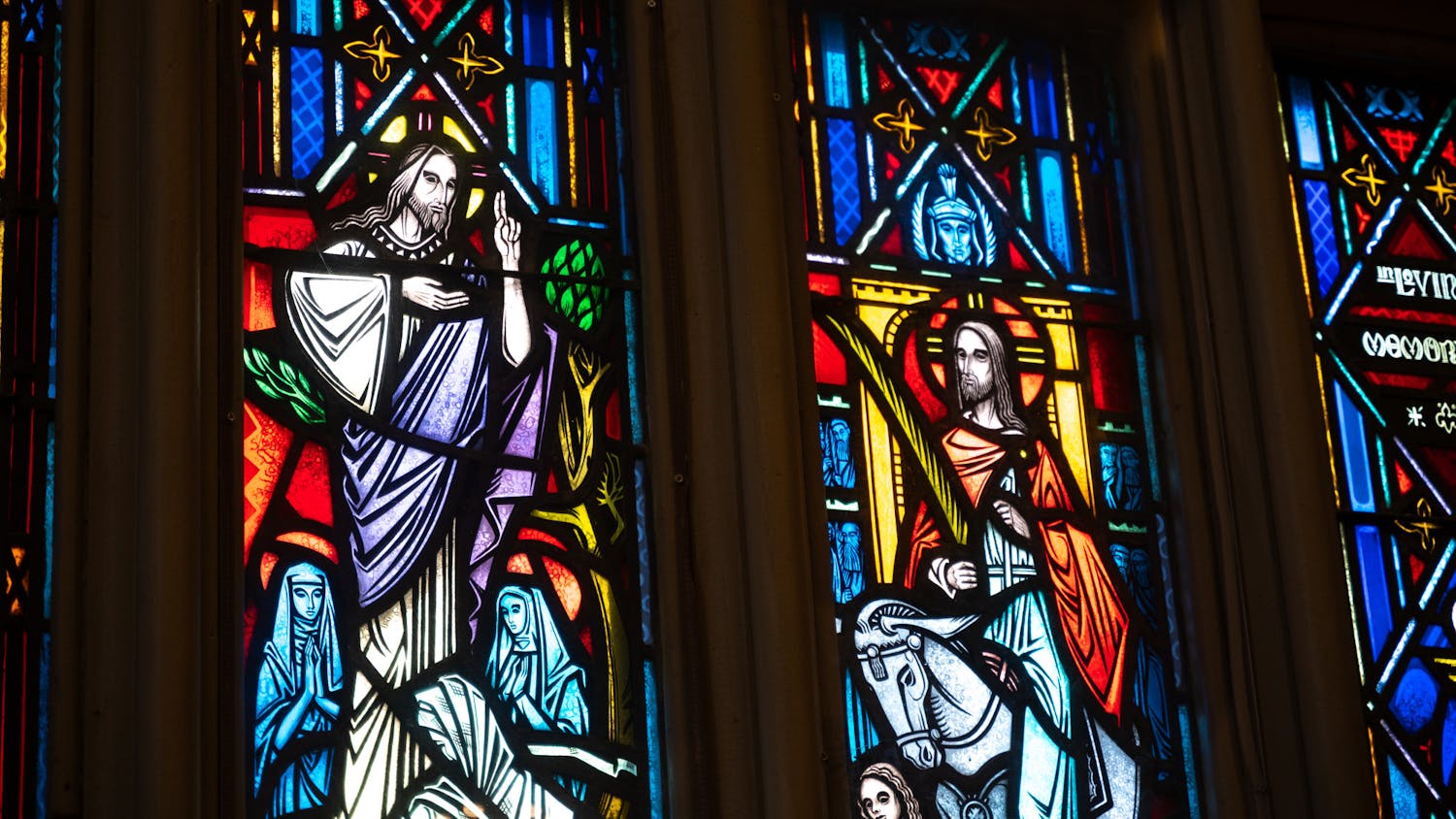Preliminary proposals from a Nov. 6 public feedback meeting for a Lakeshore Path study commissioned by the University of Wisconsin-Madison recommended paving and lighting the path used by thousands of students and community members daily.
Consultants from landscape architecture group Damon Farber surveyed the portion of the path that runs from Willow Creek to the Limnology Building and analyzed feedback from campus community members. Preliminary recommendations, not directives for action, suggested adding lighting to Lakeshore Path in the “most sensitive and responsible” way possible.
One option includes warm light along the portion of the path nearest to Lakeshore residence halls, which is low in sleep-disrupting blue hues, and minimal amber lighting on the Western portion of the path by Muir Woods for wildlife and aesthetic preservation.
The study also recommends lighting reductions between midnight and 5 a.m. to help reduce wildlife disruptions, according to Senior Lighting Designer Holly Blomquist during a Nov. 6 public information meeting.
For more than 30 years campus community members have pushed to light the path, which runs from the Lakeshore Nature Preserve to just past Memorial Union — called the “Rapeshore path” — because of safety concerns, District 8 Ald. MGR Govindarajan told The Daily Cardinal.
The university has also heard concerns about safety “due to cyclist/pedestrian conflicts, uneven surfaces during winter and the variability of surfaces, markings and lighting along the path,” according to the report.
UW-Madison and UWPD officials previously told the Cardinal the path was safe and recommended the path stay unlit to encourage students to walk in other areas at night. Community members have also previously raised concerns over wildlife disruptions with the lighting of the path.
UWPD spokesperson Marc Lovicott told the Cap Times in October incident reports do not show a need to light the path but UWPD supports lighting the path “if lighting makes our community feel safer.”
After Govindarajan worked to assemble a 2022 task force of campus representatives through his former role on the Associated Students of Madison, the group recommended a “feasibility study” on paving and lighting the path. He said he hopes the university goes forward with the recommendations.
“I took the Lakeshore Path all the time as a freshman, it was dark as hell, it never felt safe for anyone taking it, especially when it starts getting dark at 4:30 p.m.,” Govindarajan said.
The study also proposed two paving options aimed at balancing concerns over sharing the path with erosion risks. The first calls for an elevated walkway on the eastern portion of the study area along Muir Woods and a permeable asphalt and curb on the western portion near the Lakeshore residence halls.
The second paving option addresses those who do not want the path to change by making smaller changes to asphalt and adds a running shoulder by Chamberlin Hall to address a particularly narrow section of the path.
A final report will be released in early 2025 as the study wraps up public engagement meetings. Feedback can be shared by emailing communications@fpm.wisc.edu.
Noe Goldhaber is the college news editor and former copy chief for The Daily Cardinal. She is a Statistics and Journalism major and has specialized on a wide range of campus topics including protests, campus labor, student housing, free speech and campus administration. She has done data analysis and visualization for the Cardinal on a number of stories. Follow her on Twitter at @noegoldhaber.






